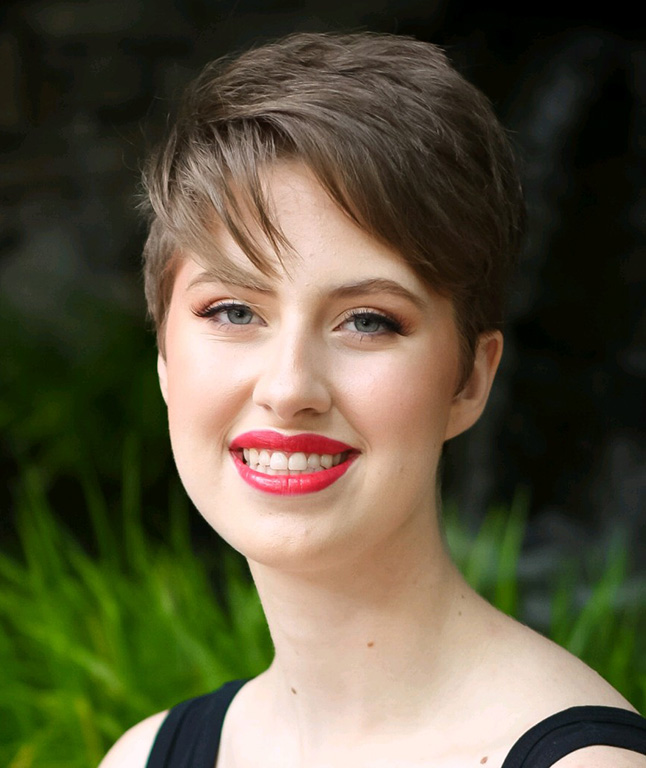Make it Noteworthy: Let’s Have a Discussion
Alexis – North Carolina

The first time I had an anxiety attack, I thought I was having a heart attack. My chest had felt like it was collapsing in, I couldn’t catch my breath, my arms weighed more than elephants, and I was certain I was going to faint. The body can only panic for about fifteen minutes and when it ended, I had no idea where I was or how I’d gotten there. Though fortunately for me, my best friend had taken me to the school counselor, and she was able to help me relax- and understand it wasn’t a heart attack.
After, though, it was never talked about. My counselor didn’t tell my parents, so neither did I. It never occurred to me that this might be something more than one little 15-minute event- and I assumed I was overreacting anyway. By the time my second anxiety attack rolled around, I knew what it was and had found a couple of tricks on how to recover on Tumblr. Unfortunately, Tumblr can’t cure an anxiety disorder. Seven or eight attacks in I finally told my parents and was able to get a diagnosis- Generalized Anxiety Disorder. With that diagnosis came stigma and fear, but no real help. I was on my own.
My story is not unique. It’s not interesting or even noteworthy. That is the real tragedy. When mental health gets mentioned in class it is not the idealized scene in which 30 pairs of eyes are glued to the speaker, all ready to change the world. It is a desolate wasteland of teens tired of hearing the same statistics stuck on repeat. Talking at a group of teens who aren’t- or at least no longer- interested is not how a conversation starts. Conversations go two-ways and yet so far, all we’ve had is the same one-way lecture. The data isn’t news. The impact and spread of mental illness aren’t news. It’s our reality. We need help, not data.
At my school, I have worked with teachers, students, and counselors to form a network of help. When I hit my lowest, I found an organization called 7 Cups of Tea, in which they use active listening, self-help guides, and group chats to guide people to recover. My goal was to see if I could integrate a similar model into my high school. My plan started with a research portion. While statistics are something, we’ve all heard enough of, I needed to know what these statistics look like in my school. I surveyed 148 students at my school, 38% they did not have a safe space they could be heard and 69% said they did not know of any mental health resources at the school. Other common points that were noted was not knowing how to reach counselors, not having continuous mental health education, and not having consistency in how staff responds to issues.
I devised a plan that would integrate mental health into the classroom. Not just a discussion during homeroom or health class. Not just a school assembly after a tragedy. A continuous, adaptable plan. The plan focused on three main steps: open the door for conversations, engage students in the concepts, and affirm these concepts in multiple mediums. Some of the concepts we’ve focused on or have planned to in the coming school year are self-love, connecting with staff, coping with stress, meditation, self-care steps and goals, bullying prevention and recovery, connecting students and parents, minority mental health, support networks, and resource awareness.
There has been no lecturing at students. That is the most important part of any mental health initiative. No one wants to be talked at or down to. For all the talk of “starting conversations”, there has been minimal conversations started. We are trying to change that, and we hope that our program and a similar one can spread. Our discussions at the start of each month are 10-question based and all end with a list of resources relevant to the discussion. Within a week of the discussion is an activity that relates. The activities all range in format and duration, for example, we’ve had guests lead meditation seminars, we’ve had “speed-friending” activities, in which students quickly get to talk to many different students while also connecting, and we’ve had various active-listening activities. Finally, following the activity is an event usually taking shape as a social-based event or as a scavenger hunt.
On the national level, schools need to be provided resources and guides for a similar curriculum. It can be difficult for a school to have the time, money, and resources to form, test, and modify such programs. If a nationally released guide for something of a similar model, that could be customized, were to be encouraged and integrated the students of our nations will benefit. This is not a matter of how a couple of students feel after a test, this is a national crisis and the lives of our students depend on it. Students may be just 20% of our population but, they are 100% of our future. Let’s work together to build the better, stronger, healthier future of tomorrow. Let’s make stories like mine noteworthy and a rarity.

















